While producing efficiently, avoiding welding defects and quality problems of the Stud welding machine is the key to ensuring welding quality and production stability. Defects in the welding process of the spot welding machine may lead to loose welding points, unstable structures, and even affect the efficiency of the entire production line.
Welding parameters (such as current, voltage, welding time, etc.) directly affect the welding quality. Reasonable adjustment of these parameters is the first step to ensure welding quality.
If the current is too high, it will lead to overheating, which may cause overburning or too large welds; if the current is too low, the material cannot be fully melted, which may cause a cold weld or a loose weld. Therefore, it is crucial to choose the current size suitable for the material.
If the welding time is too long, the material will overheat, which is prone to cracks or overburning; if the time is too short, it will lead to insufficient welding and cold welds. Therefore, it is necessary to accurately set the welding time according to the thickness and type of the material.
The applied pressure should be moderate. Too much pressure may cause deformation or uneven melting of the material, and too little pressure may not achieve the desired welding effect. Usually, an automatic control system is used to ensure the accurate application of welding pressure.
The electrode is a very critical component in the spot welding machine. As the use time increases, the electrode may wear or become contaminated, resulting in a decrease in welding quality.
Check the wear of the electrode regularly and replace the damaged electrode in time to avoid excessive electrode wear affecting the welding quality. Especially in the case of high-frequency use, the electrode needs to be checked more frequently.
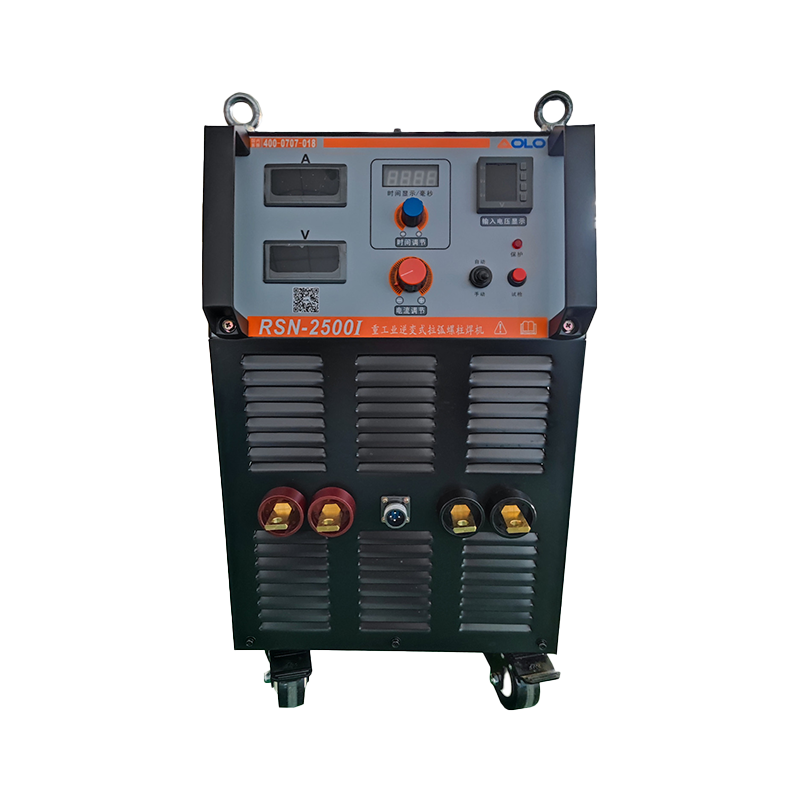
During use, the electrode may accumulate welding residues or metal oxides, affecting the welding effect. Regularly cleaning the electrode surface and maintaining the smoothness of the electrode will help improve the welding quality.
Electrode material selection: Choose the appropriate electrode material according to the type of material being welded to avoid poor welding results due to mismatched electrode materials.
Impurities such as dirt, grease, and oxide layer on the surface of the welding material will cause poor welding and affect the strength of the weld. Therefore, it is very important to keep the surface of the workpiece clean.
Before welding, make sure that there are no impurities such as grease, dust or oxide on the surface of the workpiece. Solvent cleaners can be used to clean the workpiece to ensure a smooth surface.
For some metals (such as aluminum and stainless steel), there may be a thick oxide layer on the surface. Remove the oxide layer mechanically or chemically to ensure that the welding surface is in good contact.
During the welding process, factors such as ambient temperature and humidity will affect the welding quality. Especially in efficient production, quality problems may occur due to improper environmental control.
During the welding process, the temperature of the workpiece and the electrode needs to be kept in a suitable range. Too high or too low temperature will lead to a decrease in welding quality. Therefore, ensuring that the welding equipment works at a suitable ambient temperature will help improve the welding quality.
A high humidity environment may cause moisture absorption on the metal surface, thereby affecting the stability of welding. Keeping the welding workshop dry can avoid adverse reactions during welding.
Through the above measures, welding defects and quality problems can be effectively avoided while producing efficiently, ensuring that each welding point meets the required strength and quality standards. This can not only improve production efficiency, but also reduce rework and scrap, reduce production costs, and improve product reliability and service life.



 English
English 中文简体
中文简体 Español
Español русский
русский

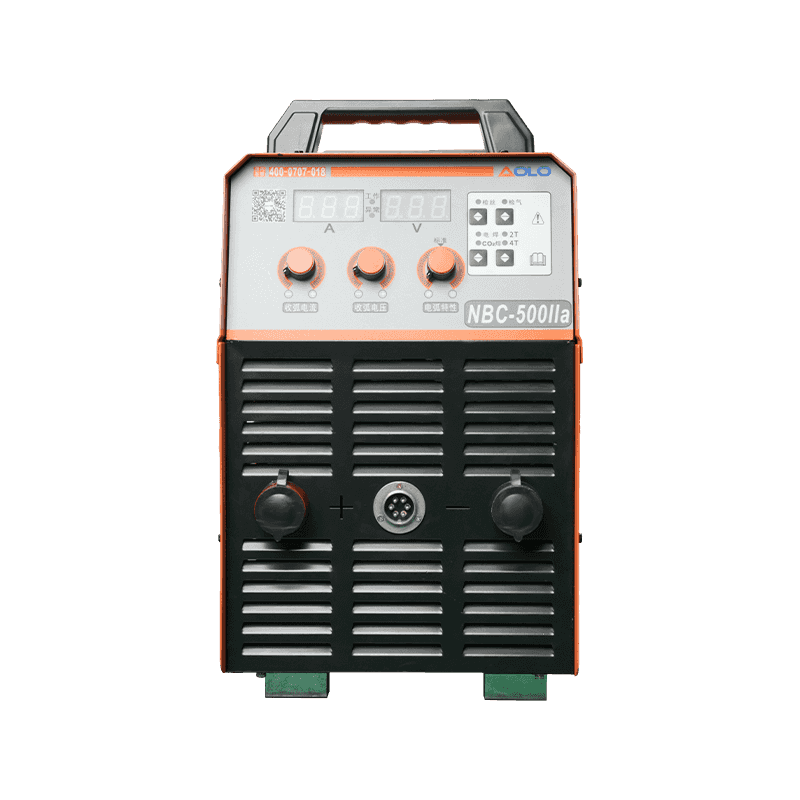

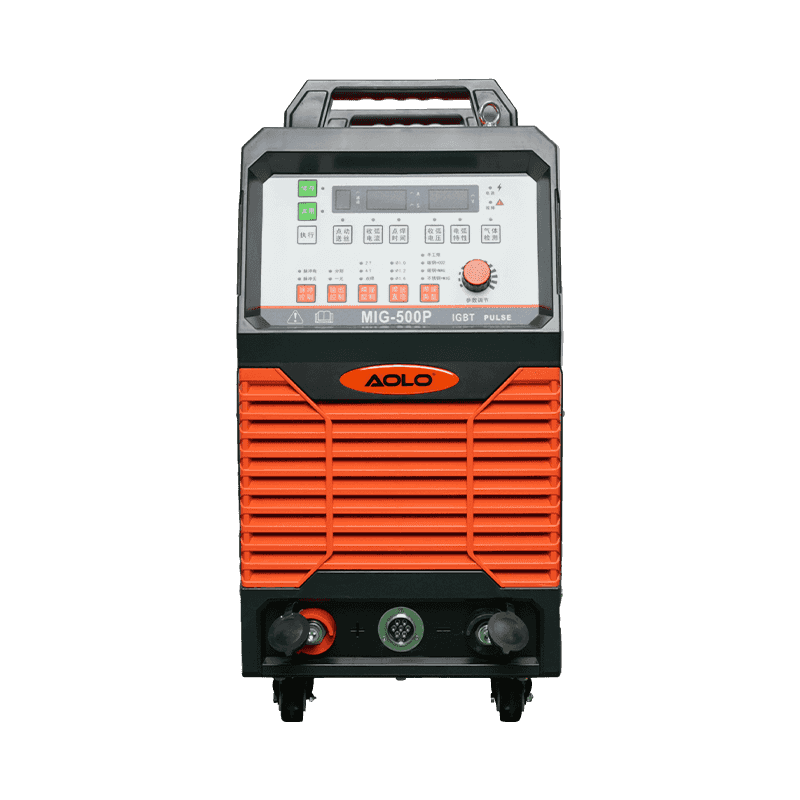
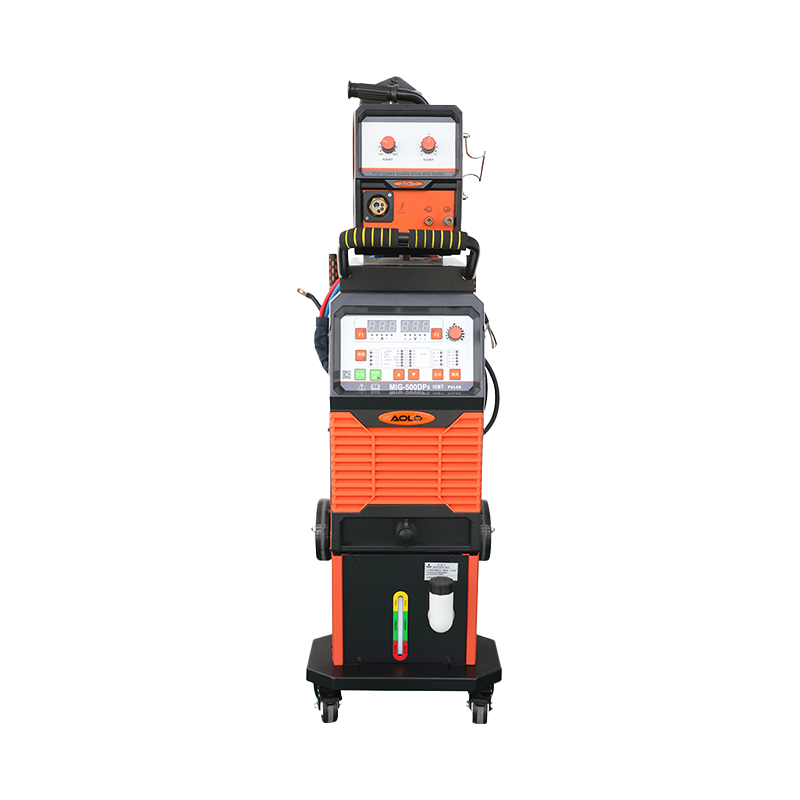
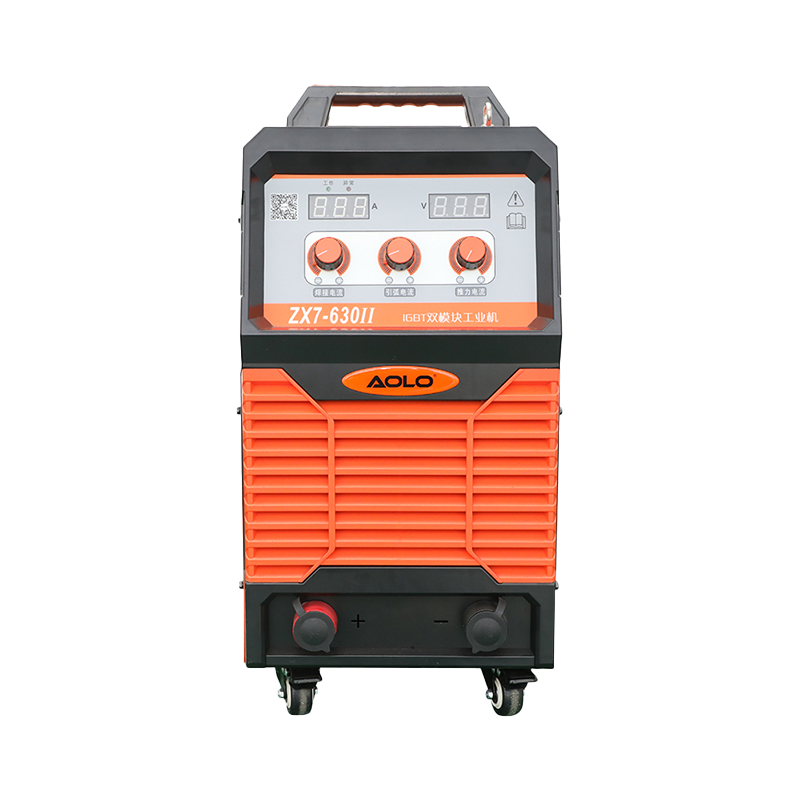
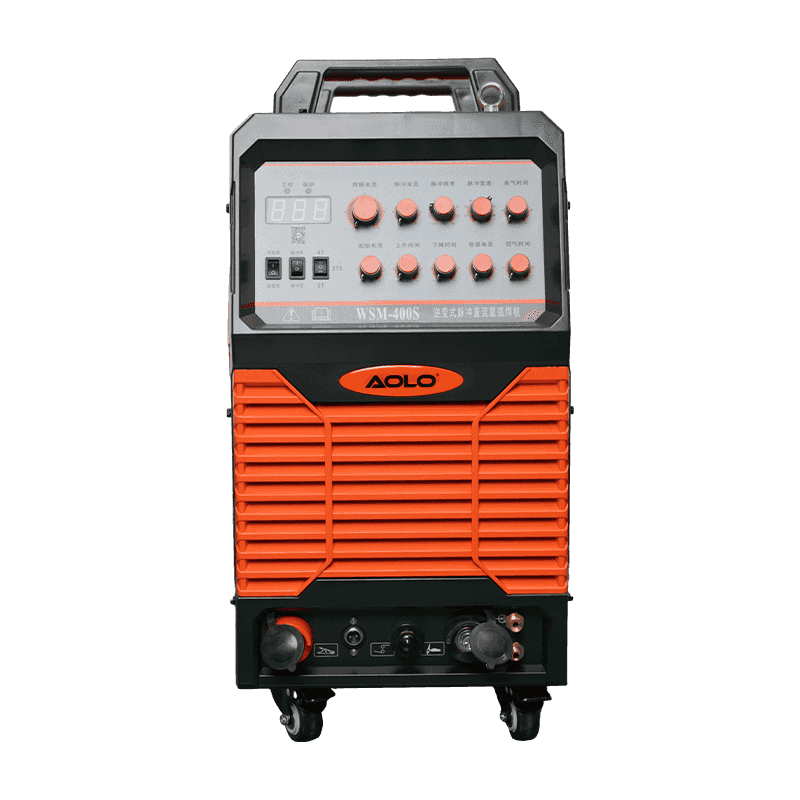
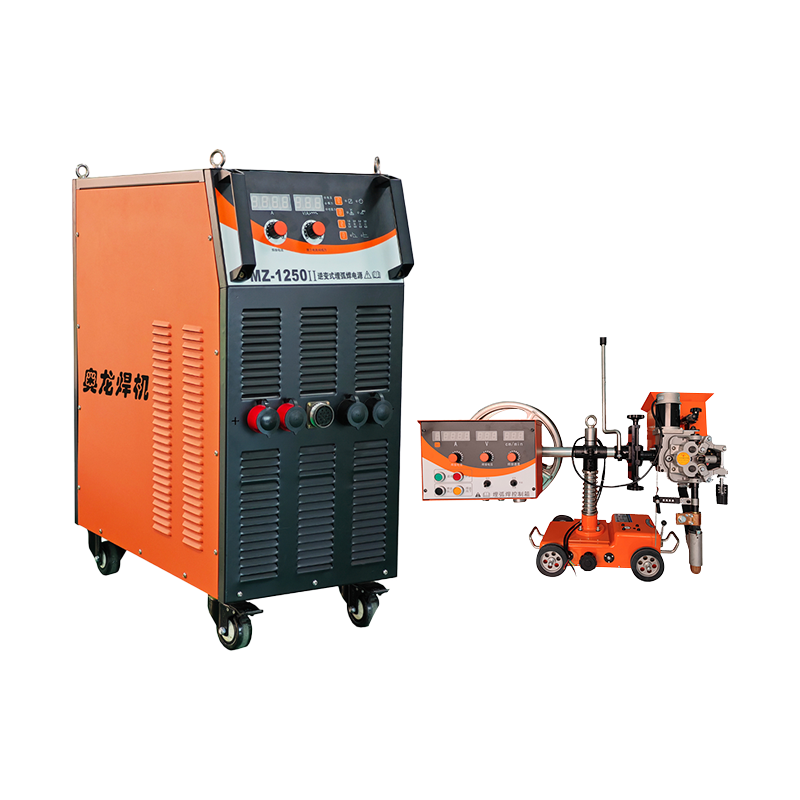
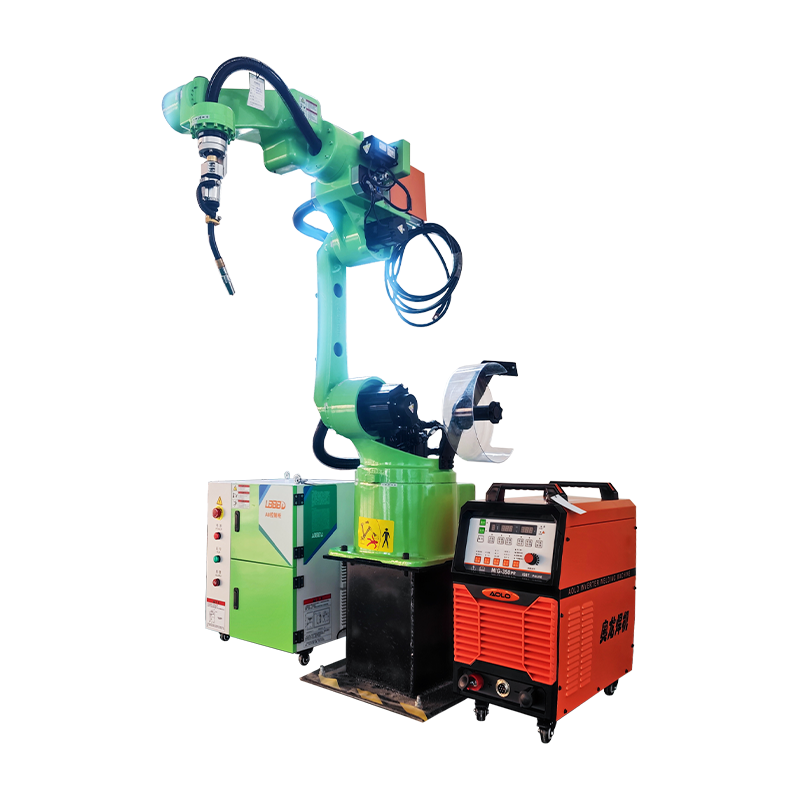









Contact Us